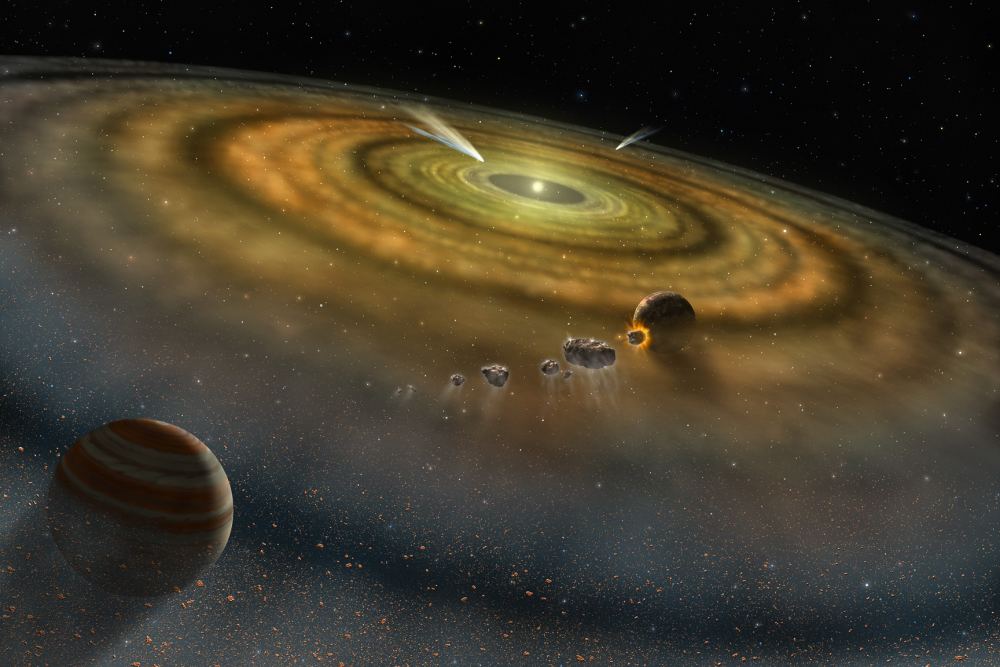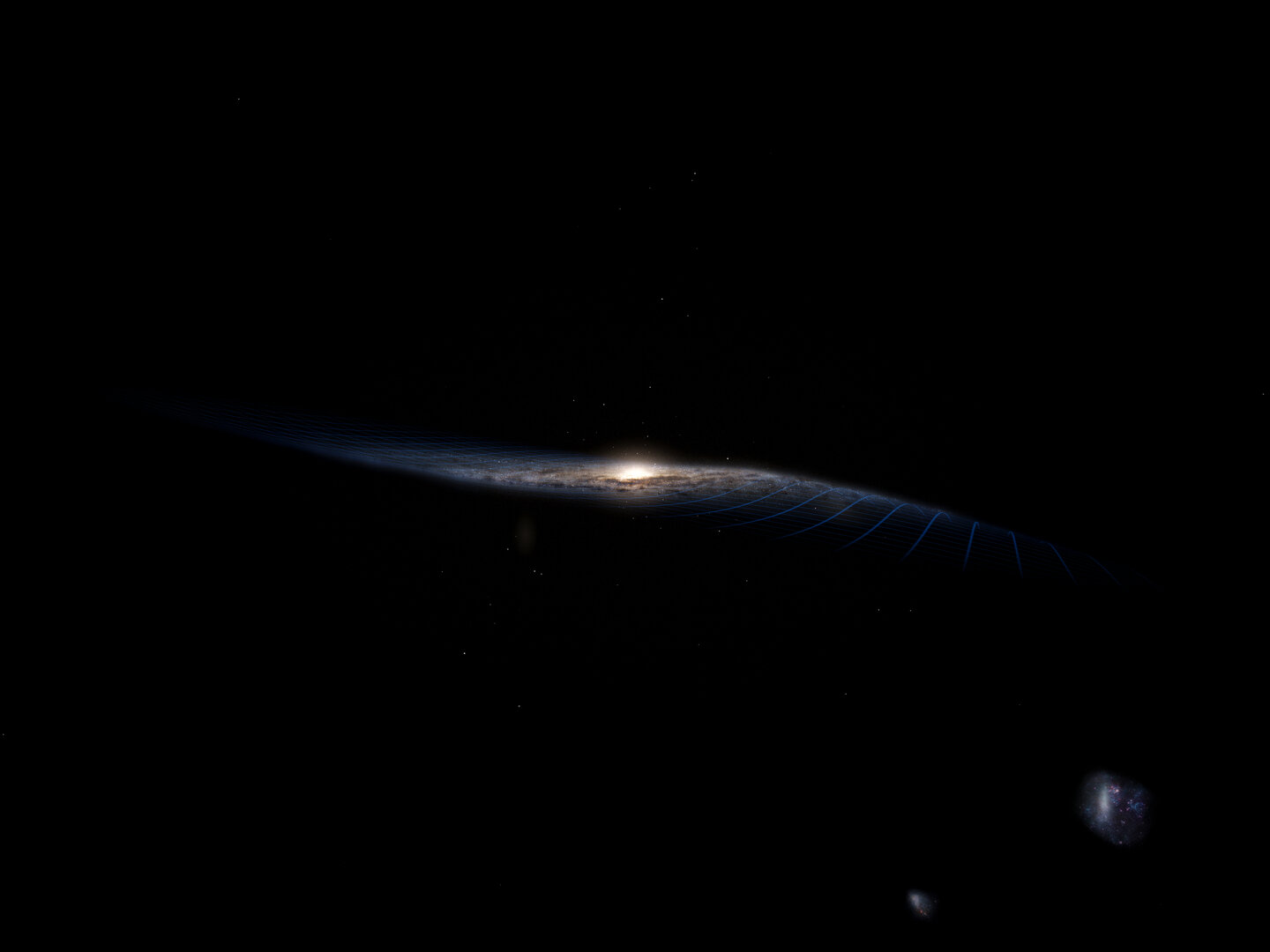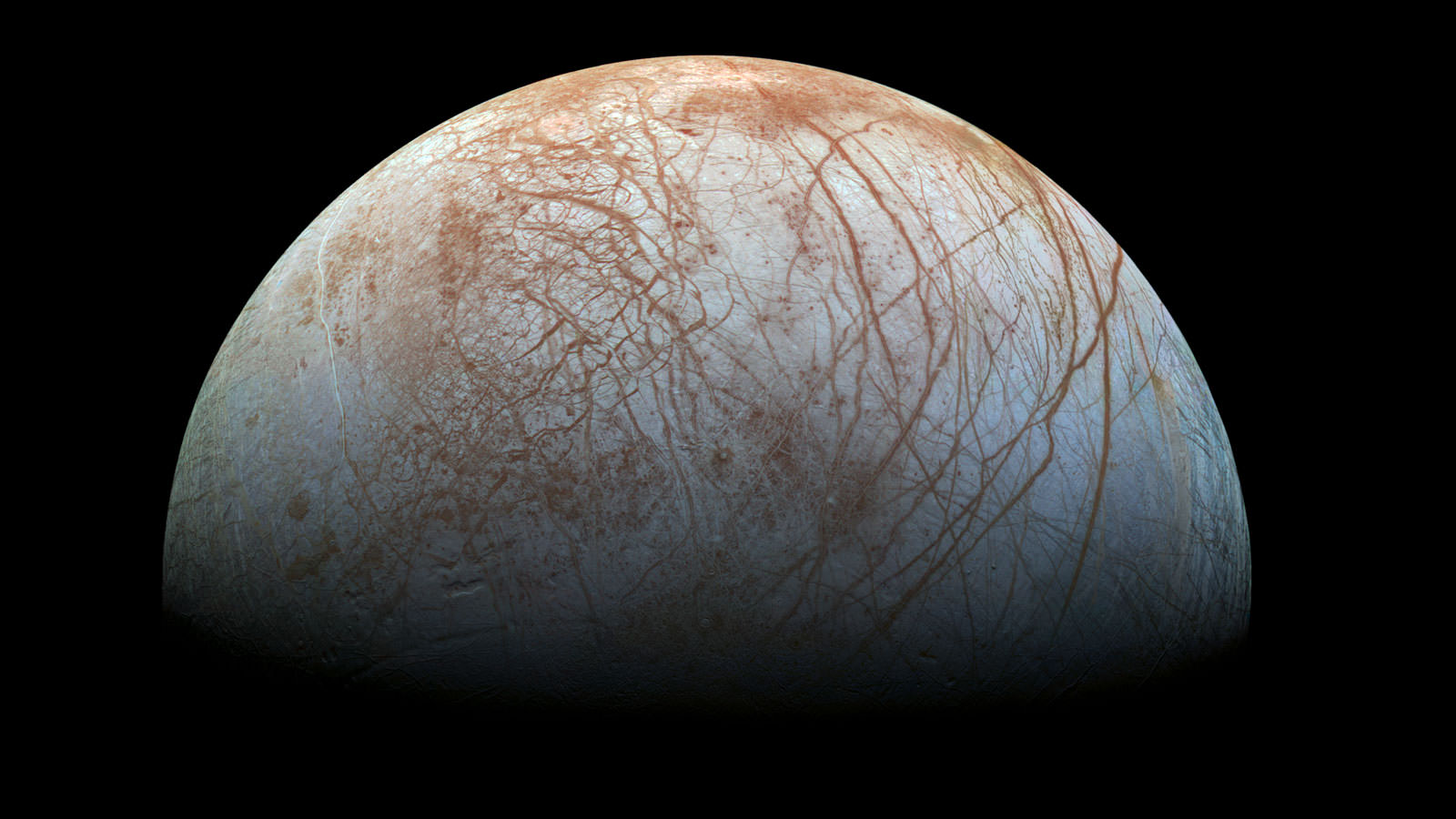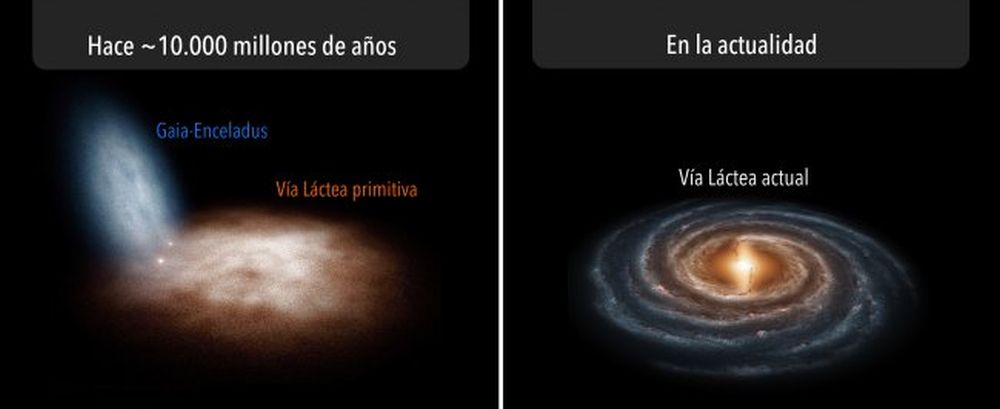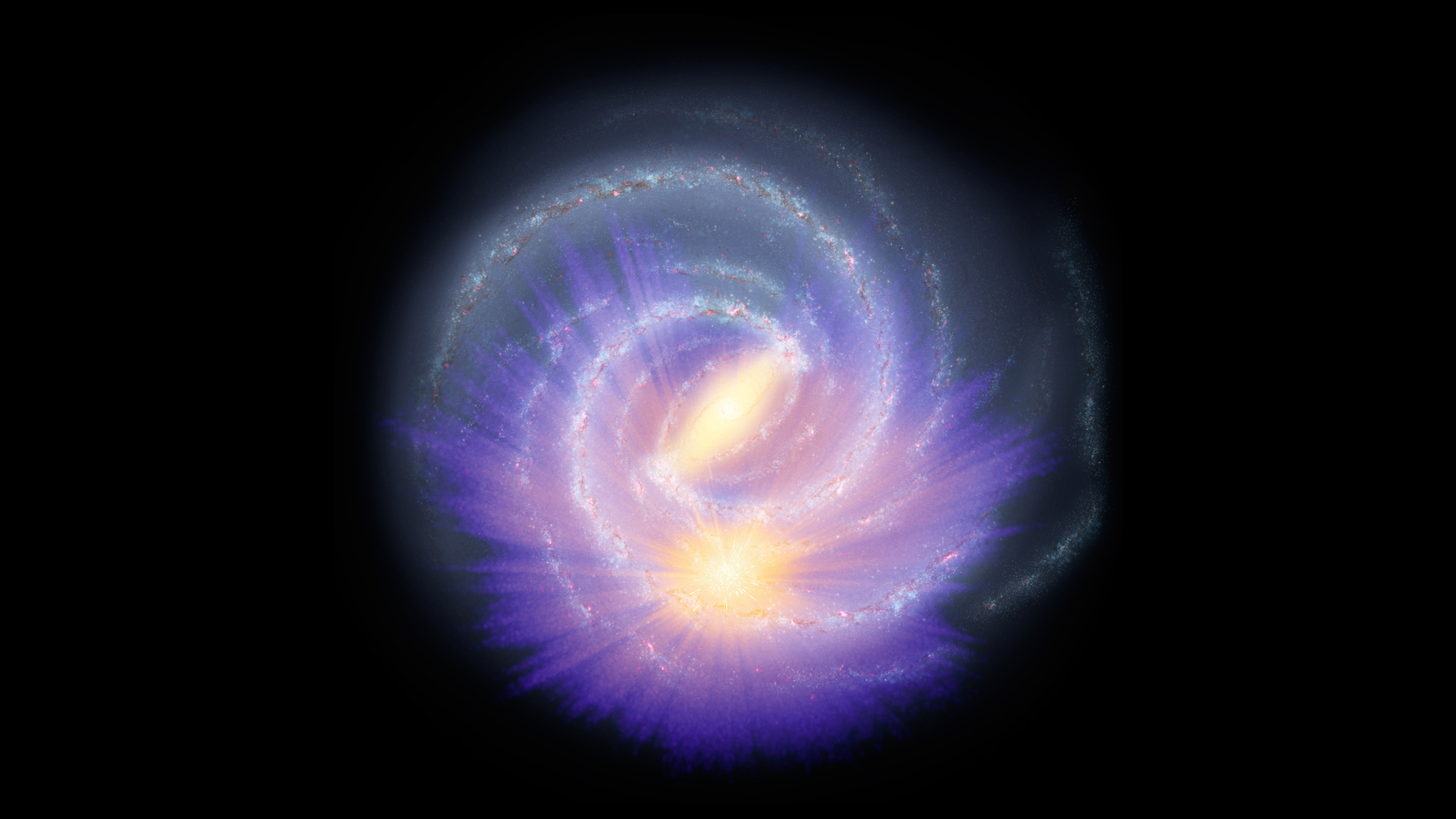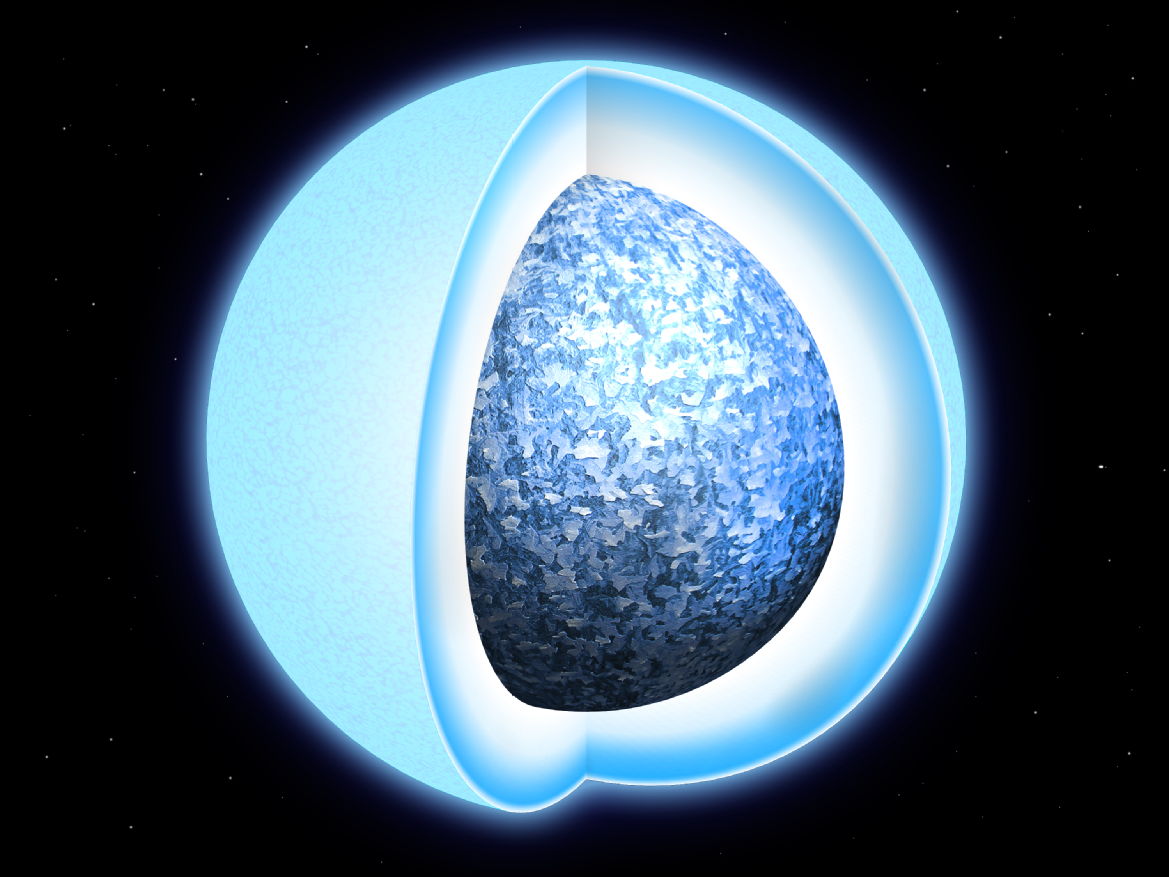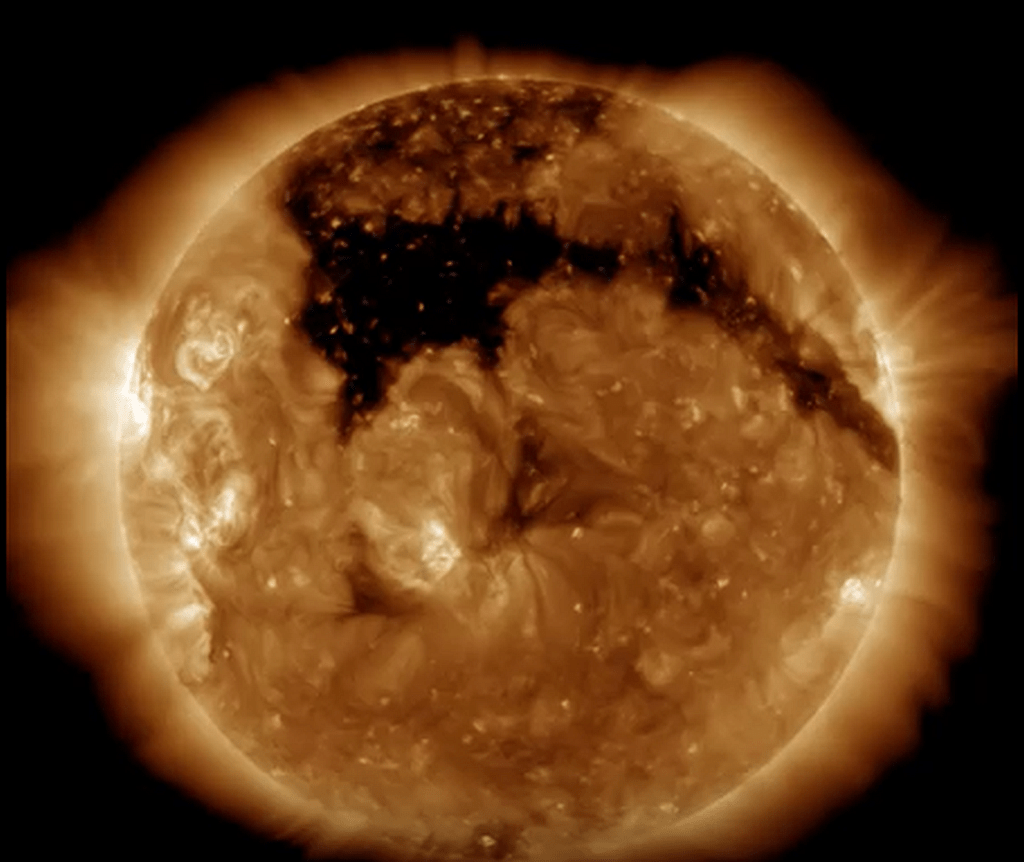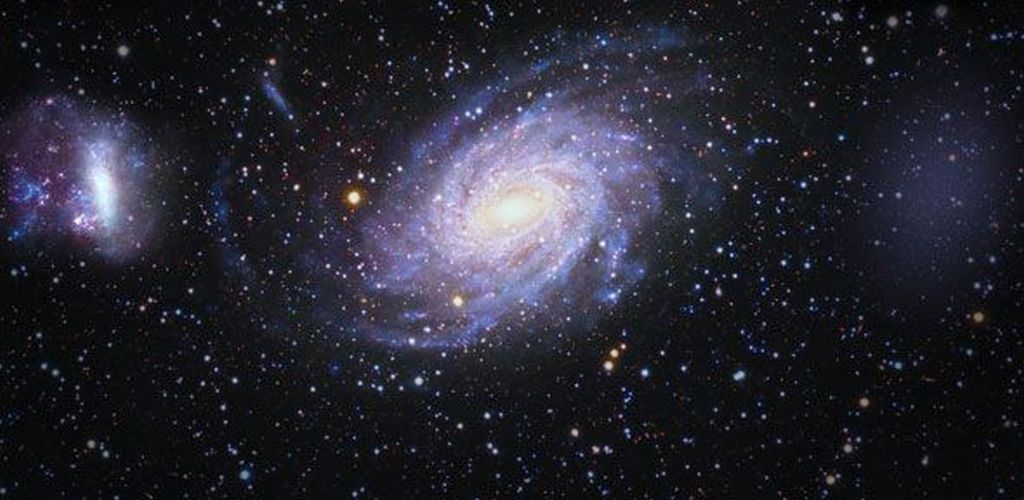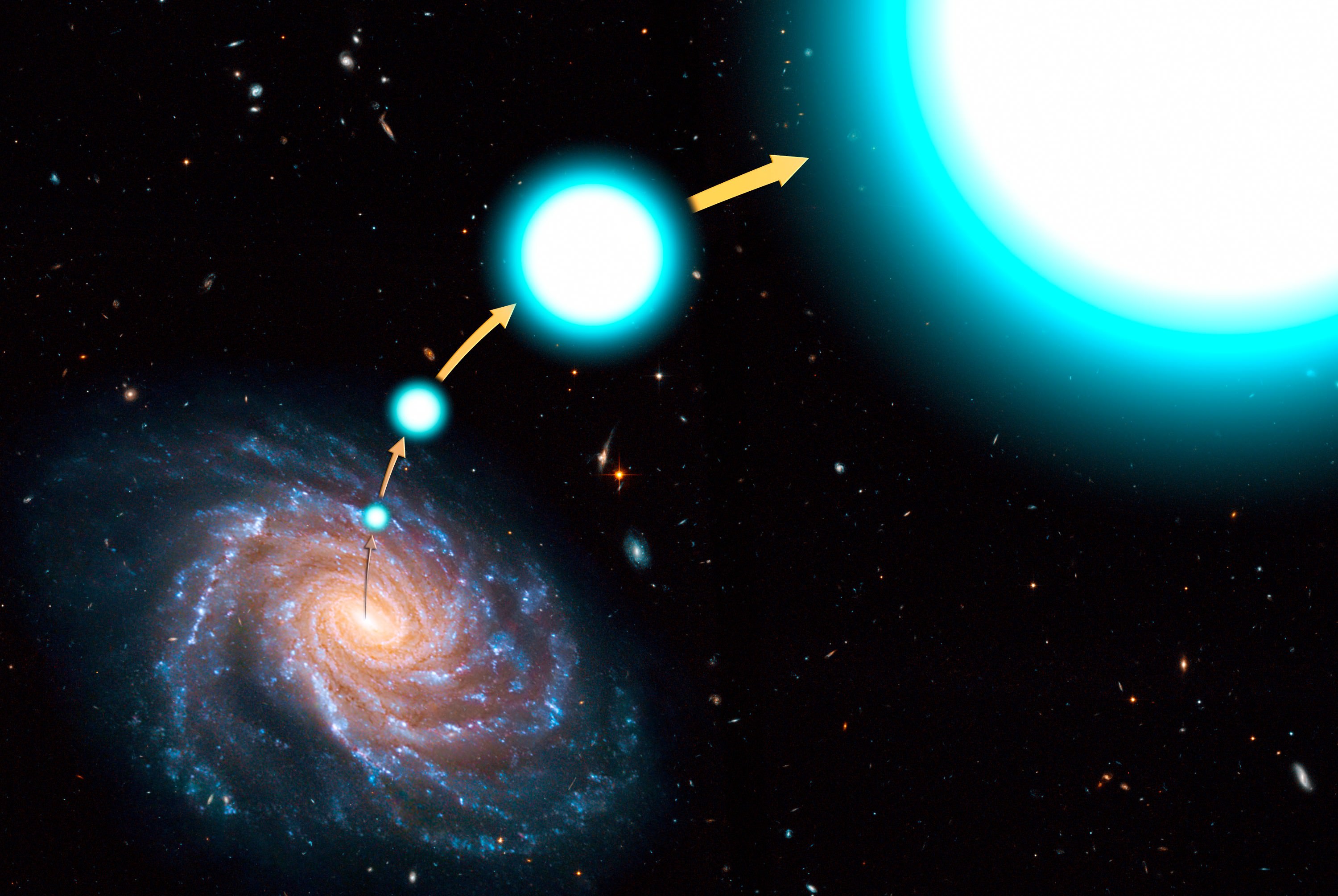The Milky Way has a number of satellite galaxies; nearly 60 of them, depedending on how we define them. One of them, called the Sagittarius Dwarf Spheroidal Galaxy (Sgr d Sph), may have played a huge role when it comes to humans, our world and our little civilization. A collision between the Milky Way and the Sgr d Sph may have created the Solar System itself.
Continue reading “The Solar System Might Not Exist if There Wasn’t a Huge Galactic Collision with the Milky Way Billions of Years Ago”The Solar System Might Not Exist if There Wasn’t a Huge Galactic Collision with the Milky Way Billions of Years Ago
